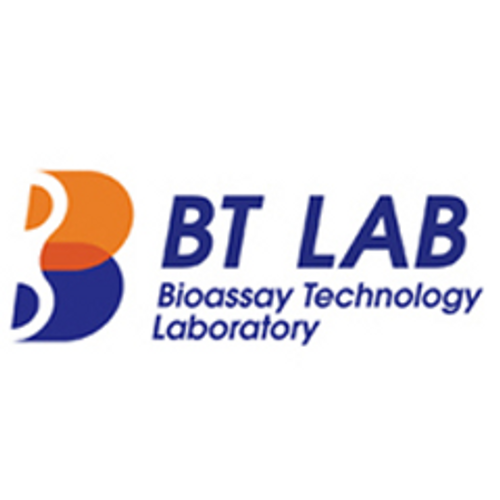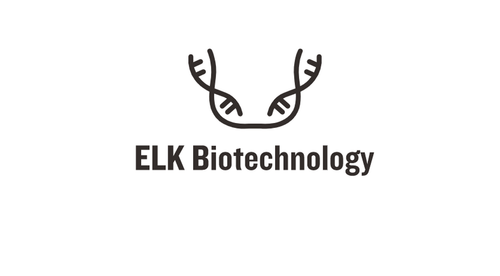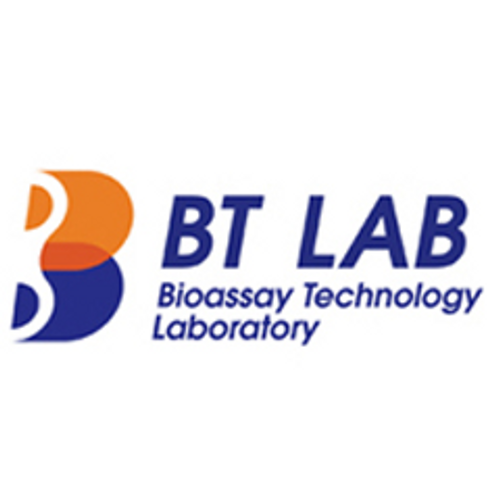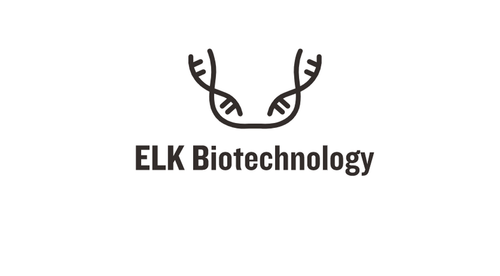Product Description
Histone H1 Polyclonal Antibody | ABP0091 | Abbkine
Immunogen: Synthesized peptide derived from human Histone H1 around the non-phosphorylation site of T17
Product Category: Protein
Application: Protein General Reagents
Product Type: Selected Primary Antibodies
Host: Rabbit
Reactivity: Human, Mouse
Application: WB, IF, IHC-P, ELISA
Application Note: Optimal working dilutions should be determined experimentally by the investigator. Suggested starting dilutions are as follows: WB (1:500-1:2000), IF (1:200-1:1000), IHC-P (1:100-1:300), ELISA (1:20000) . Not yet tested in other applications.
Clonality: Polyclonal
Isotype: Rabbit IgG
Formulation: Liquid solution
Kit Component: N/A
Concentration: 1 mg/ml
Storage Buffer: PBS containing 50% Glycerol, 0.5% BSA and 0.02% Sodium Azide.
Storage Instructions: Stable for one year at -20°C from date of shipment. For maximum recovery of product, centrifuge the original vial after thawing and prior to removing the cap. Aliquot to avoid repeated freezing and thawing.
Shipping Condition: Gel pack with blue ice.
Background: Histones are basic nuclear proteins responsible for nucleosome structure of the chromosomal fiber in eukaryotes. Two molecules of each of the four core histones (H2A, H2B, H3, and H4) form an octamer, around which approximately 146 bp of DNA is wrapped in repeating units, called nucleosomes. The linker histone, H1, interacts with linker DNA between nucleosomes and functions in the compaction of chromatin into higher order structures. HIST1H1B is intronless and encodes a replication-dependent histone that is a member of the histone H1 family. Transcripts from this gene lack polyA tails but instead contain a palindromic termination element. HIST1H1B is found in the small histone gene cluster on chromosome 6p22-p21.3.
Alternative Names: HIST1H1B; H1F5; Histone H1.5; Histone H1a; Histone H1b; Histone H1s-3; HIST1H1D; H1F3; Histone H1.3; Histone H1c; Histone H1s-2; HIST1H1E; H1F4; Histone H1.4; Histone H1b; Histone H1s-4
Precaution: The product listed herein is for research use only and is not intended for use in human or clinical diagnosis. Suggested applications of our products are not recommendations to use our products in violation of any patent or as a license. We cannot be responsible for patent infringements or other violations that may occur with the use of this product.
 Euro
Euro
 USD
USD
 British Pound
British Pound
 NULL
NULL












